Cultural immersion ranks among travel’s greatest rewards, offering windows into humanity’s diverse expressions across art, cuisine, architecture, and daily life. Unfortunately, many iconic cultural destinations have become victims of their own popularity, with crowds transforming contemplative experiences into hectic encounters.
The good news is that numerous cultural treasures around the world still exist beyond the well-trodden tourist trail. Travel doesn’t have to mean fighting through crowds just to glimpse famous paintings or historic sites from a distance.
Here is a list of 17 culturally rich destinations that offer authentic experiences without the overwhelming presence of tour groups.
Mérida, Mexico
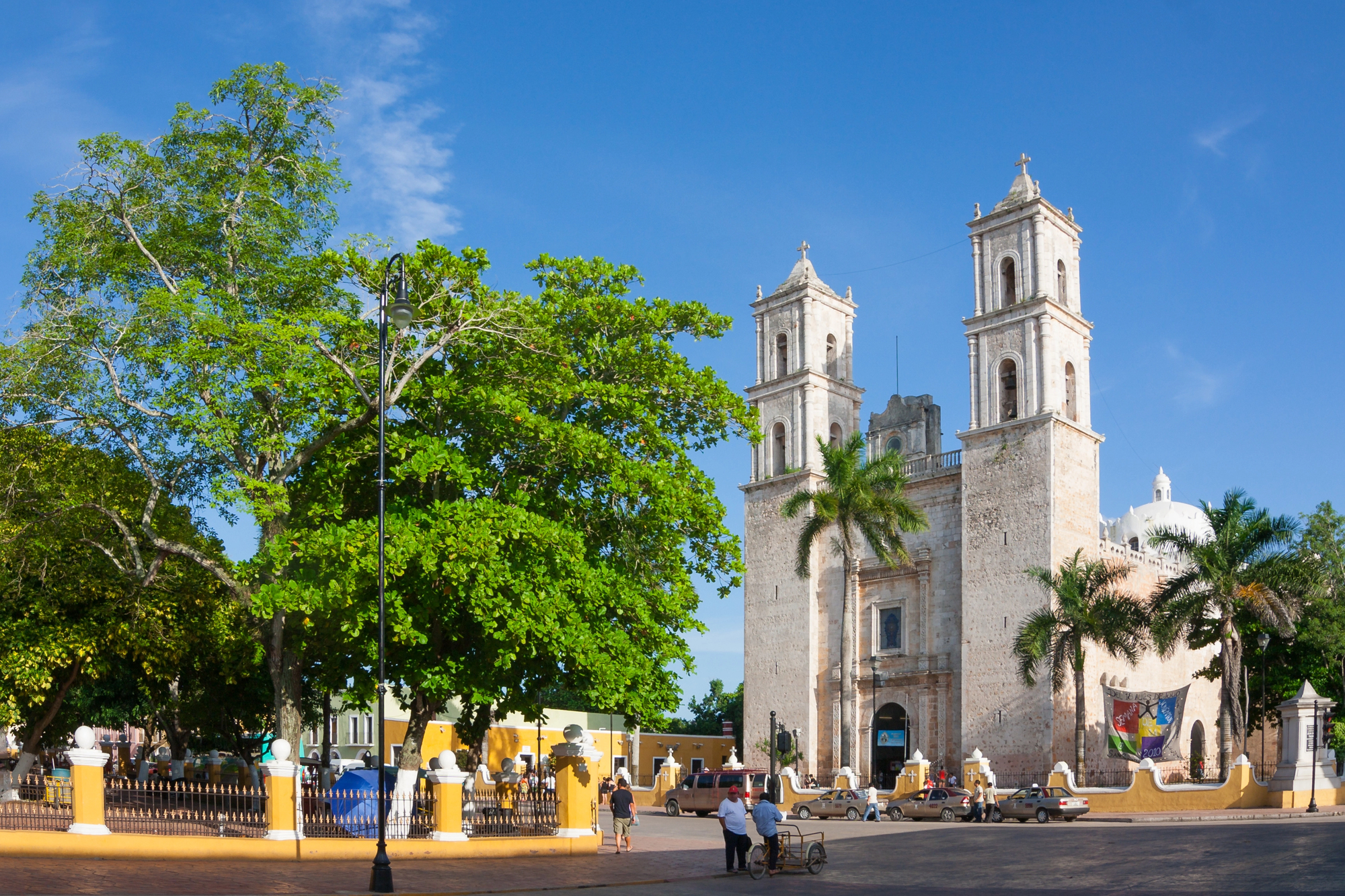
The capital of Yucatán state blends colonial Spanish architecture with vibrant Maya cultural traditions that remain very much alive. Unlike the resort towns of the Riviera Maya, Mérida maintains a distinctly local atmosphere with evening concerts in public plazas, traditional food markets, and historic mansions along Paseo de Montejo.
The nearby Maya archaeological sites receive a fraction of the visitors that flock to Chichen Itza despite offering equally impressive glimpses into ancient civilization.
George Town, Malaysia
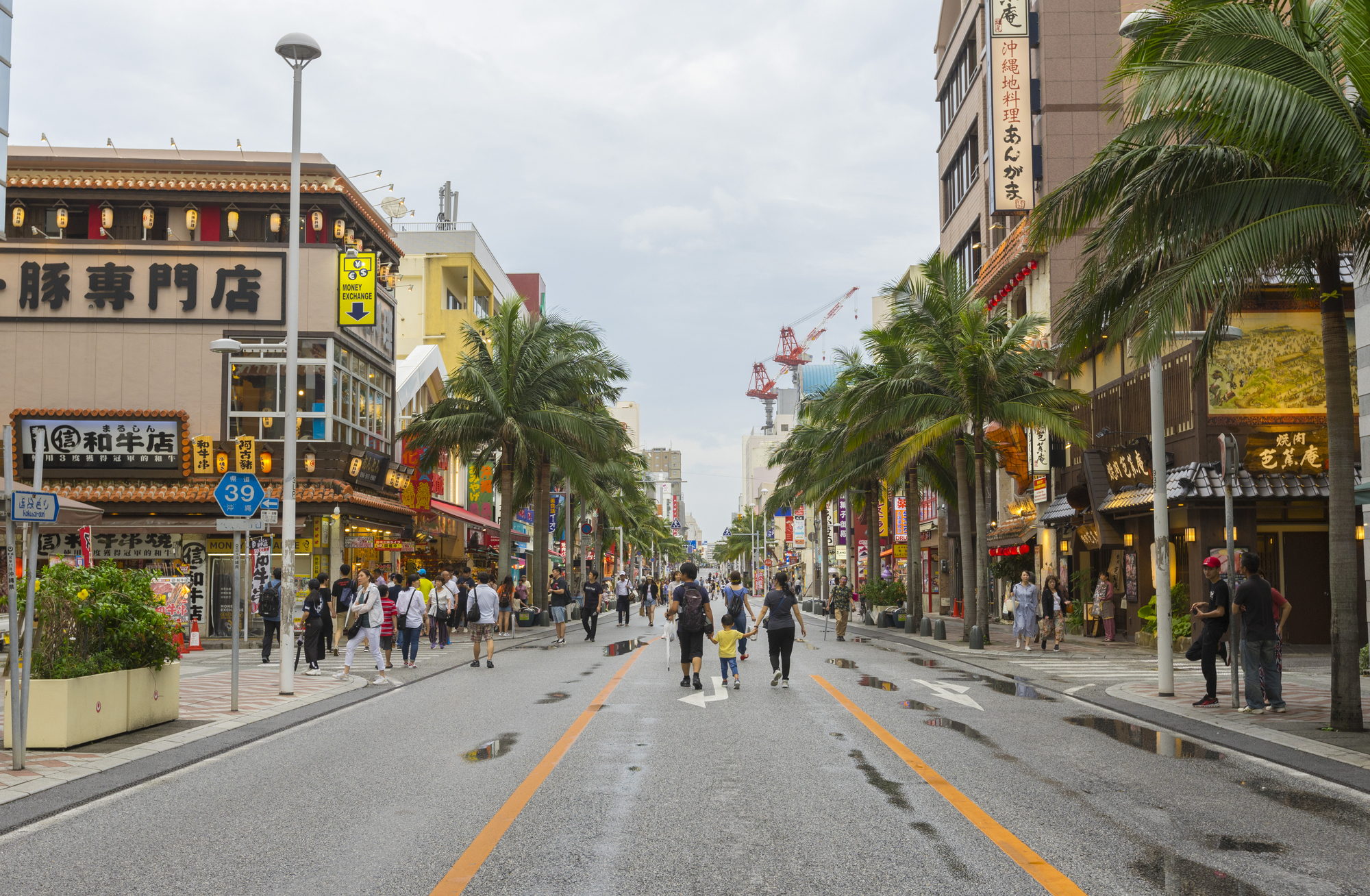
This UNESCO-protected city on Penang Island represents one of Asia’s most well-preserved colonial trading ports with a unique blend of British, Chinese, Indian, and Malay influences. The city’s street art scene has transformed historic neighborhoods into open-air galleries, while family-run shops continue centuries-old traditions of craftsmanship.
The local food culture combines influences from across Asia, creating one of the world’s most exciting street food scenes at hawker centers where locals still outnumber tourists.
Syracuse, Italy
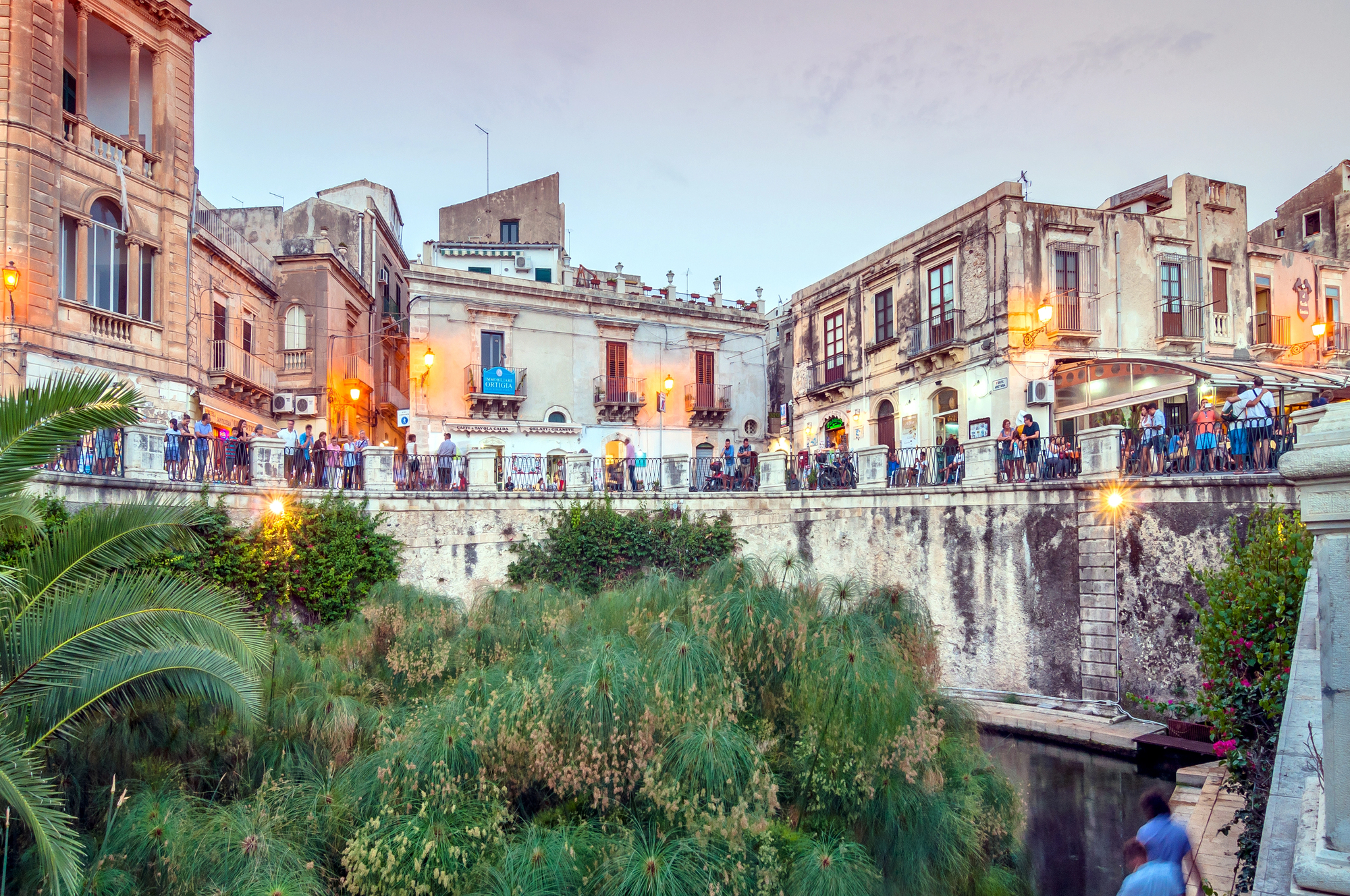
While tourists pack Venice, Florence, and Rome, this ancient Sicilian city offers equally impressive cultural riches with a fraction of the crowds. Founded by Greek colonists in 734 BCE, the city contains one of the best-preserved Greek theaters in the world alongside medieval streets and baroque piazzas on the island of Ortygia.
The local cuisine showcases Sicily’s unique cultural heritage with Arab, Spanish, and North African influences apparent in dishes unavailable elsewhere in Italy.
Like Travel Pug’s content? Follow us on MSN.
Podgorica, Montenegro
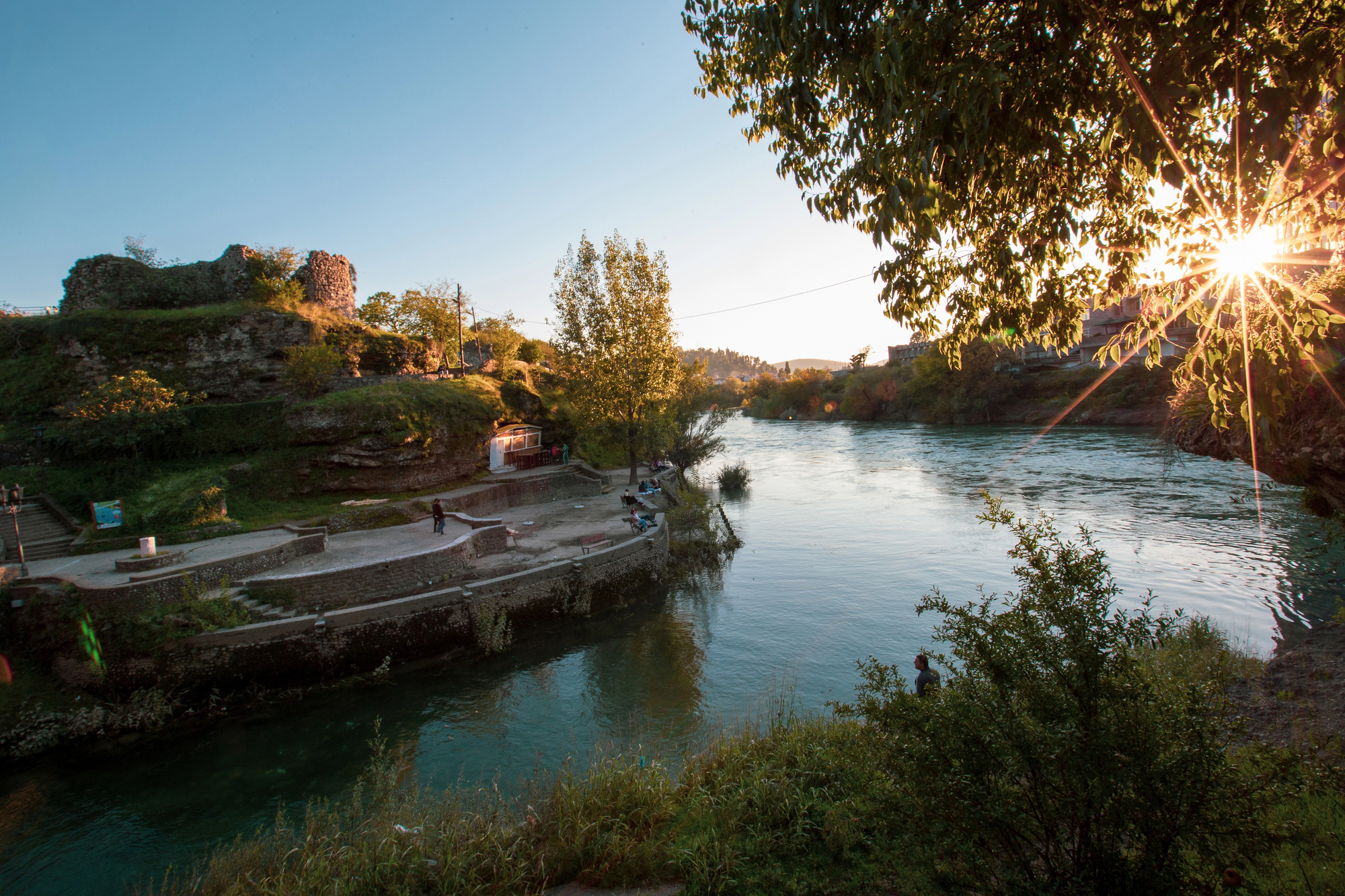
While neighboring Dubrovnik struggles with overtourism, Montenegro’s capital remains refreshingly authentic with its blend of Ottoman, Austrian, and socialist architectural influences. The city serves as an excellent gateway to the country’s dramatic mountains and pristine Adriatic coastline while maintaining a cafe culture where locals far outnumber visitors.
Museums showcase the region’s complex history at a fraction of the cost of better-known European cultural institutions.
Tbilisi, Georgia
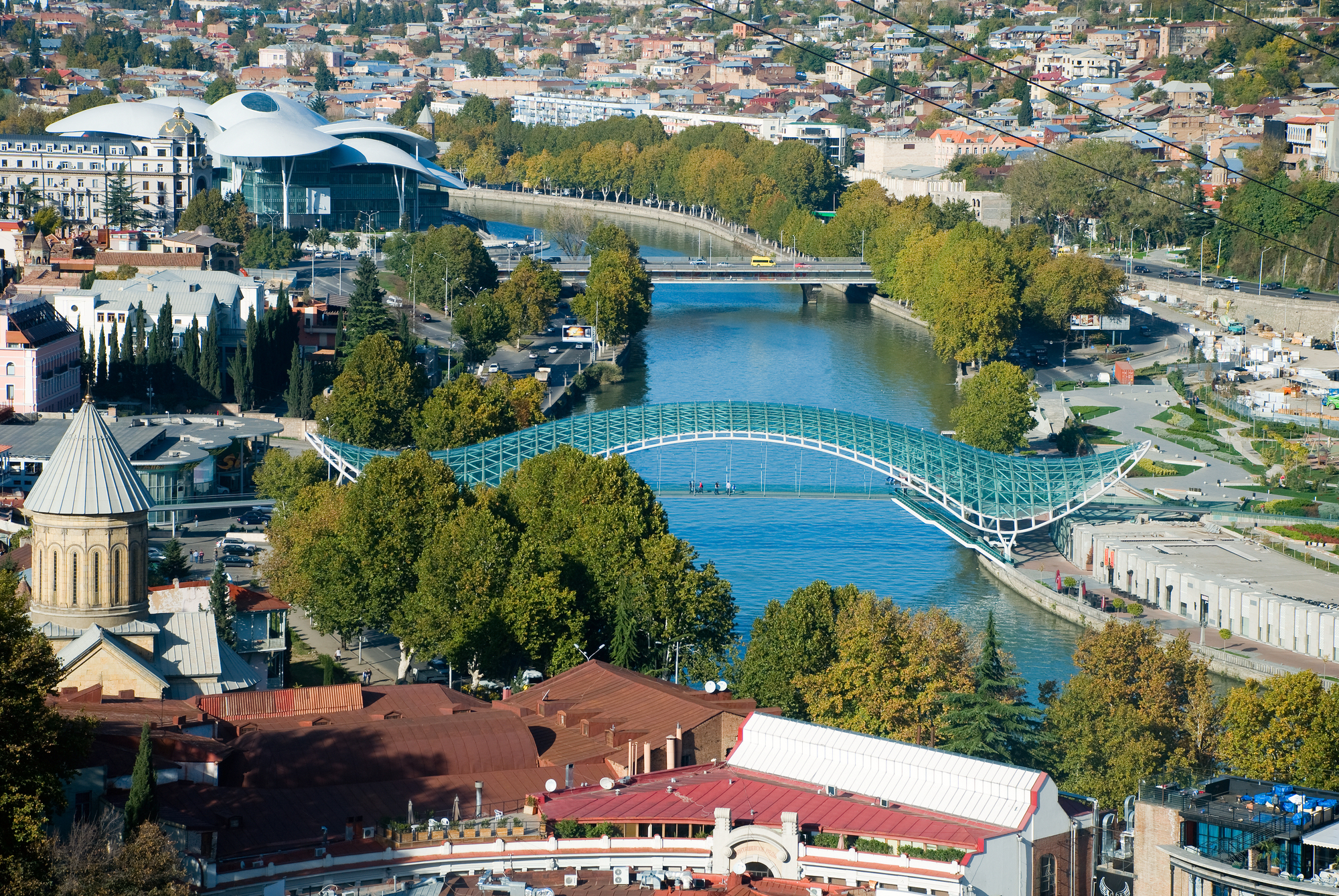
The Georgian capital offers a fascinating cultural crossroads between Europe and Asia with a distinctive cuisine, wine tradition, and architectural heritage. The Old Town’s carved wooden balconies and ancient sulfur baths exist alongside cutting-edge contemporary art venues and a vibrant cafe scene.
Georgian polyphonic singing, recognized by UNESCO as an Intangible Cultural Heritage, can be experienced in intimate venues rather than staged performances for tourists.
Luang Prabang, Laos

Despite its UNESCO status, this former royal capital maintains a serene atmosphere largely absent in Southeast Asia’s more popular destinations. Buddhist monks still process through streets at dawn collecting alms, while the fusion of traditional Lao and French colonial architecture creates a uniquely atmospheric setting.
The surrounding mountains and Mekong River provide natural barriers that have helped preserve local traditions and limit large-scale tourism development.
Like Travel Pug’s content? Follow us on MSN.
Salvador, Brazil

The capital of Bahia state preserves Brazil’s African heritage through music, religion, cuisine, and art more authentically than Rio’s commercialized carnival. The historic Pelourinho district features colorfully restored Portuguese colonial buildings housing museums, galleries, and music venues where visitors can experience genuine capoeira performances.
The syncretic religious practices blending Catholicism with West African traditions can be observed in local ceremonies that maintain spiritual significance rather than tourist appeal.
Chefchaouen, Morocco
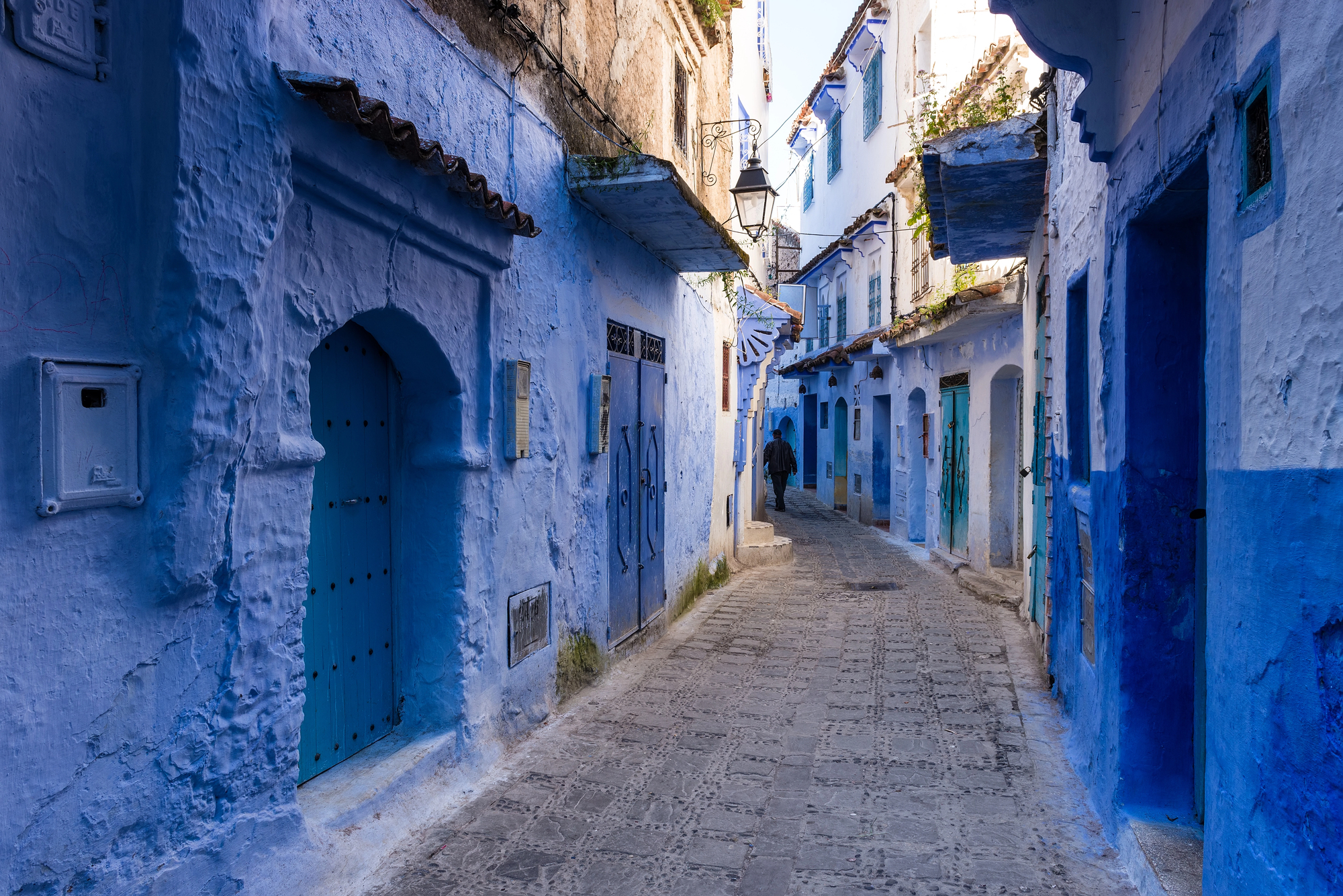
The striking blue-painted medina of this mountain town offers a more relaxed alternative to Marrakech’s often overwhelming souks. Local artisans continue traditional weaving and leather working techniques passed down through generations, with workshops open to visitors interested in the processes.
The surrounding Rif Mountains provide a stunning backdrop and context for the Berber cultural influences that distinguish the region from Morocco’s imperial cities.
Valparaíso, Chile
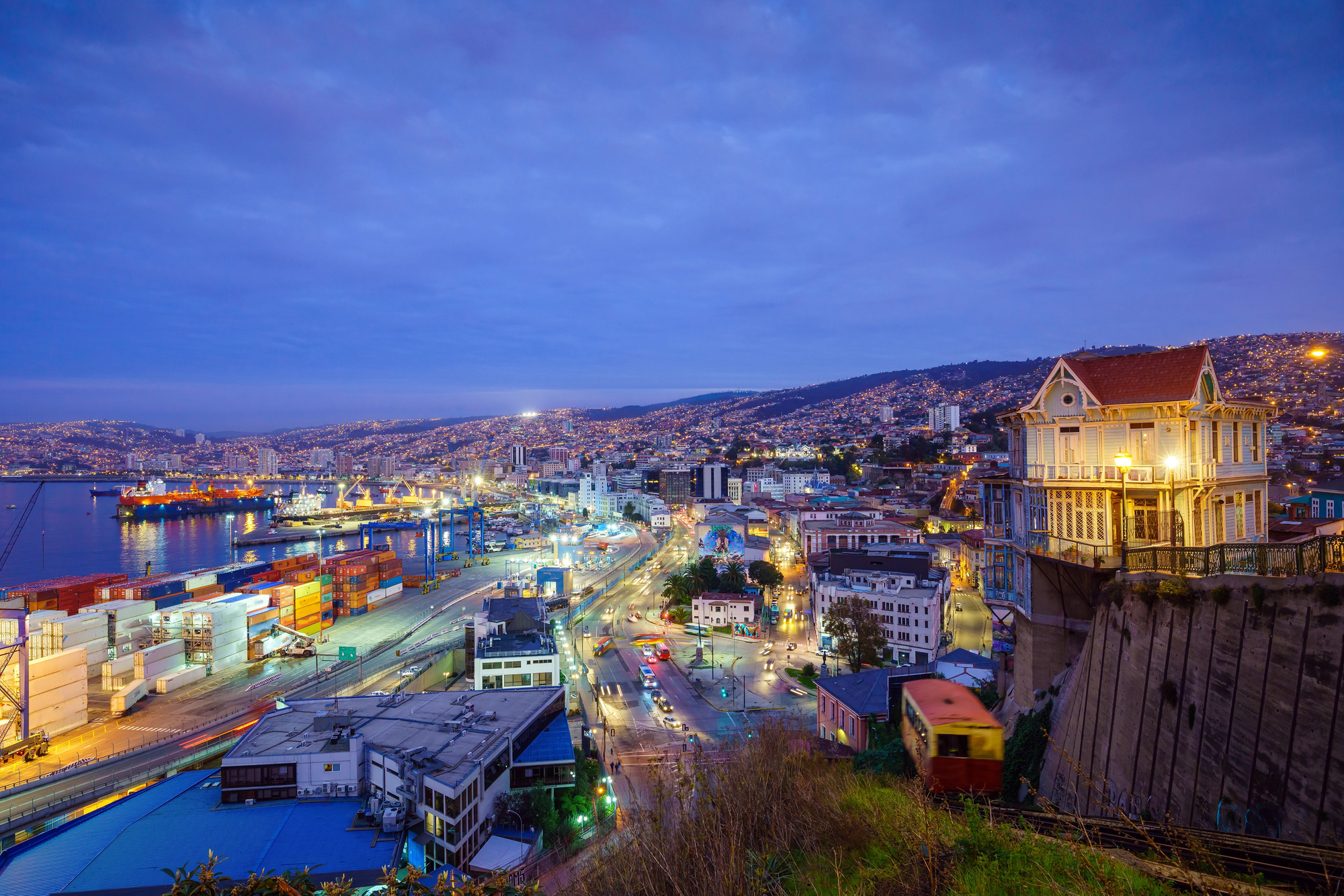
This colorful port city cascading down steep coastal hills contains artistic treasures behind every corner, from elaborate street murals to the former home of poet Pablo Neruda. The city’s funiculars—many dating from the late 19th century—connect various neighborhoods filled with distinctive architectural styles reflecting the port’s cosmopolitan trading history.
Local cuisine emphasizes fresh seafood from the adjacent Pacific Ocean, served in family-run restaurants rather than tourist-oriented establishments.
Like Travel Pug’s content? Follow us on MSN.
Matera, Italy
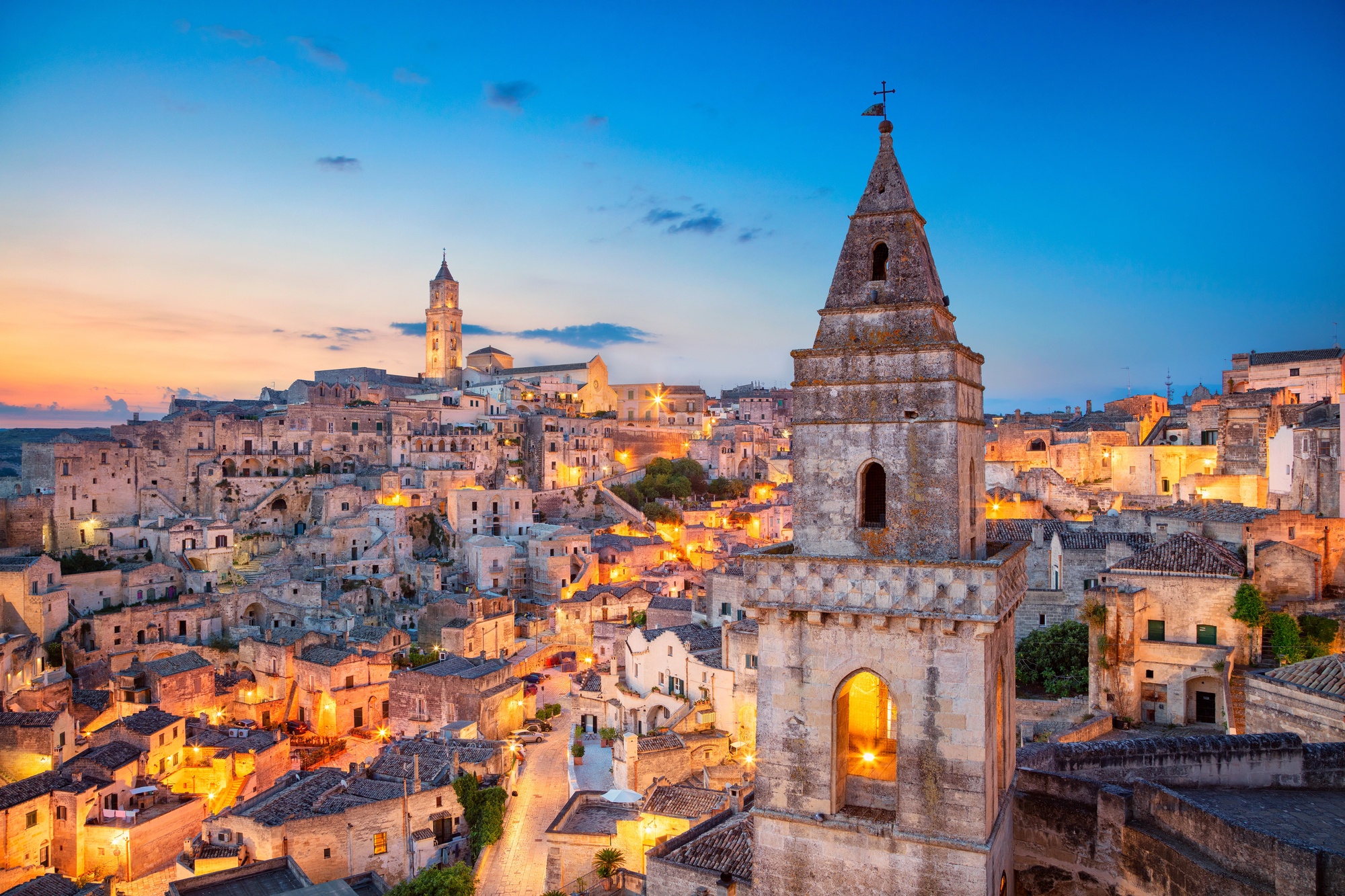
This ancient city in southern Italy features cave dwellings continuously inhabited for over 9,000 years. Despite being named a European Capital of Culture in 2019, Matera remains far less visited than Italy’s northern cities while offering equally rich historical experiences.
Local traditions of bread-making and pottery production continue in workshops open to visitors, while restaurants carved into the limestone caves serve regional specialties using ancient cooking methods.
Yogyakarta, Indonesia
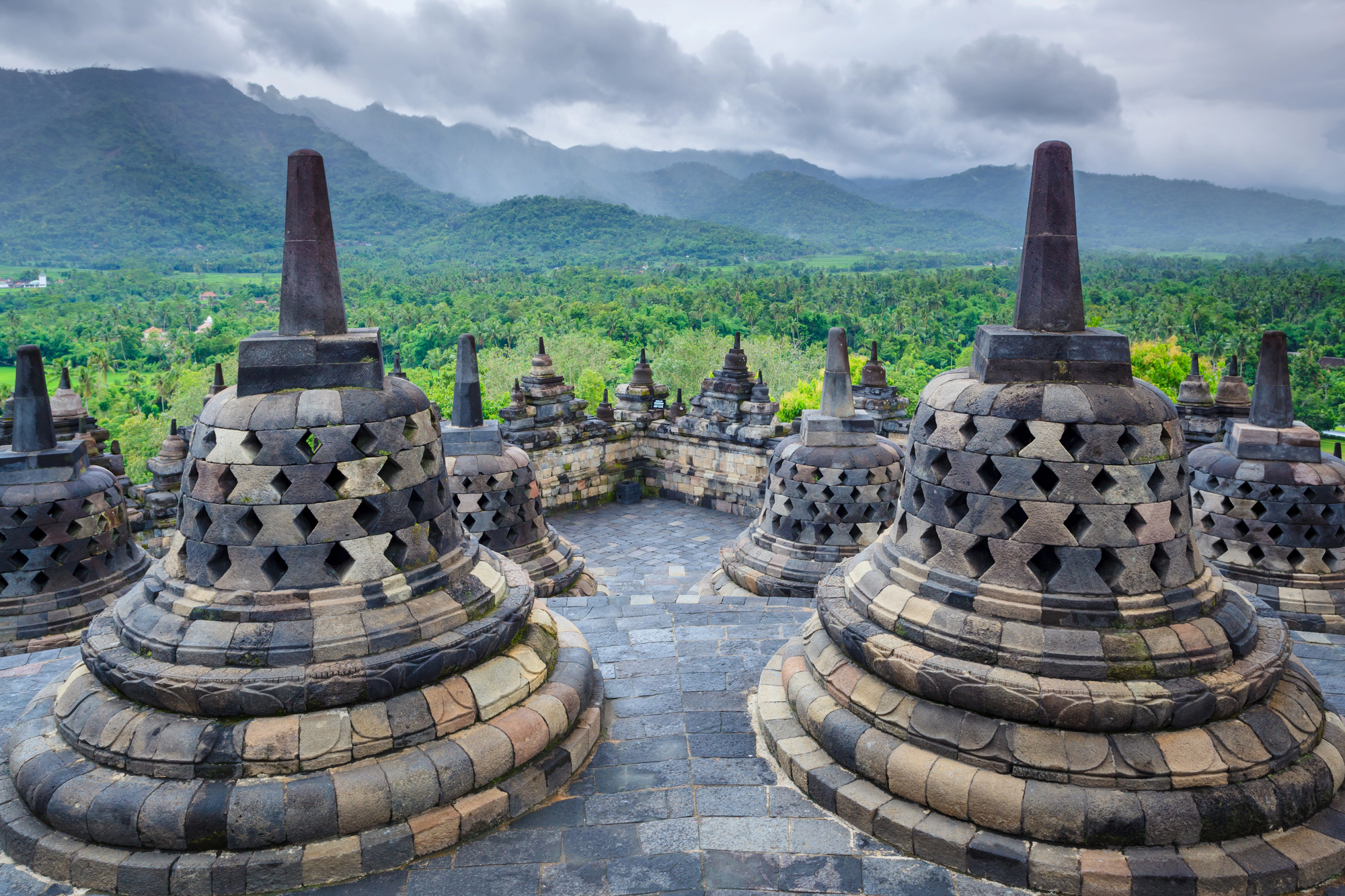
The cultural heart of Java maintains traditions of batik-making, wayang puppet theater, and gamelan music in an authentic setting away from Bali’s tourist enclaves. The nearby temples of Borobudur and Prambanan rival Cambodia’s Angkor in scale and significance but receive far fewer visitors, allowing for more contemplative experiences.
The city’s palace complex continues to function as a living cultural institution rather than merely a historic monument.
Plovdiv, Bulgaria
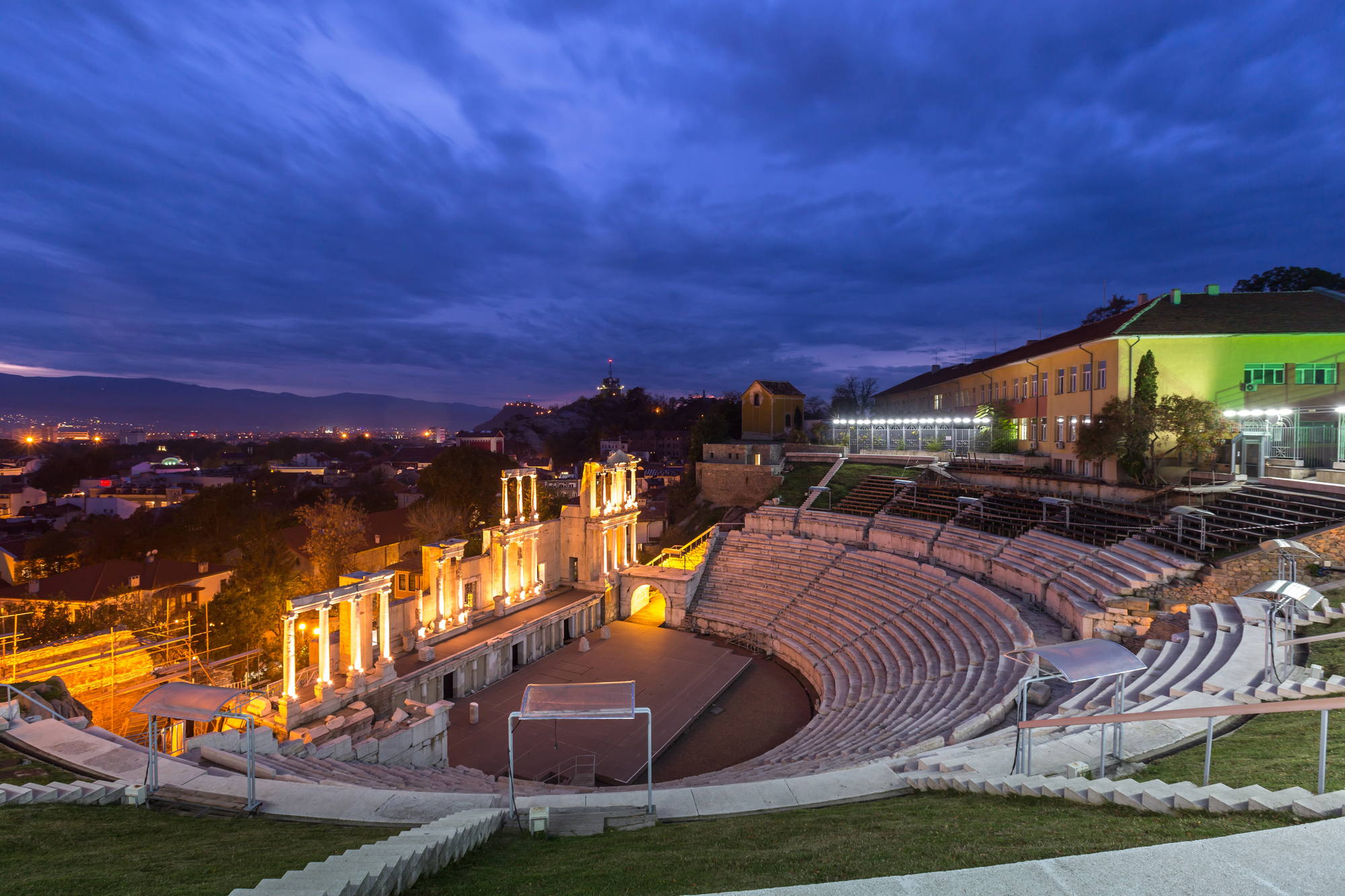
Europe’s oldest continuously inhabited city layers Roman amphitheaters beneath Ottoman mosques and ornate National Revival period houses. As one of Europe’s most affordable cultural destinations, Plovdiv offers world-class opera performances and museum collections at a fraction of western European prices.
The city’s designation as a European Capital of Culture in 2019 improved infrastructure while somehow avoiding the surge in tourism that typically follows such recognition.
Like Travel Pug’s content? Follow us on MSN.
Kumasi, Ghana

The historical capital of the Ashanti Kingdom preserves West African cultural traditions through its vibrant markets, museums, and continuing craft production. The city’s National Cultural Center offers demonstrations of traditional weaving, pottery-making, and adinkra cloth printing using centuries-old techniques.
Access to authentic cultural ceremonies and festivals remains possible here in ways that have disappeared from more heavily visited African destinations.
Guadalajara, Mexico
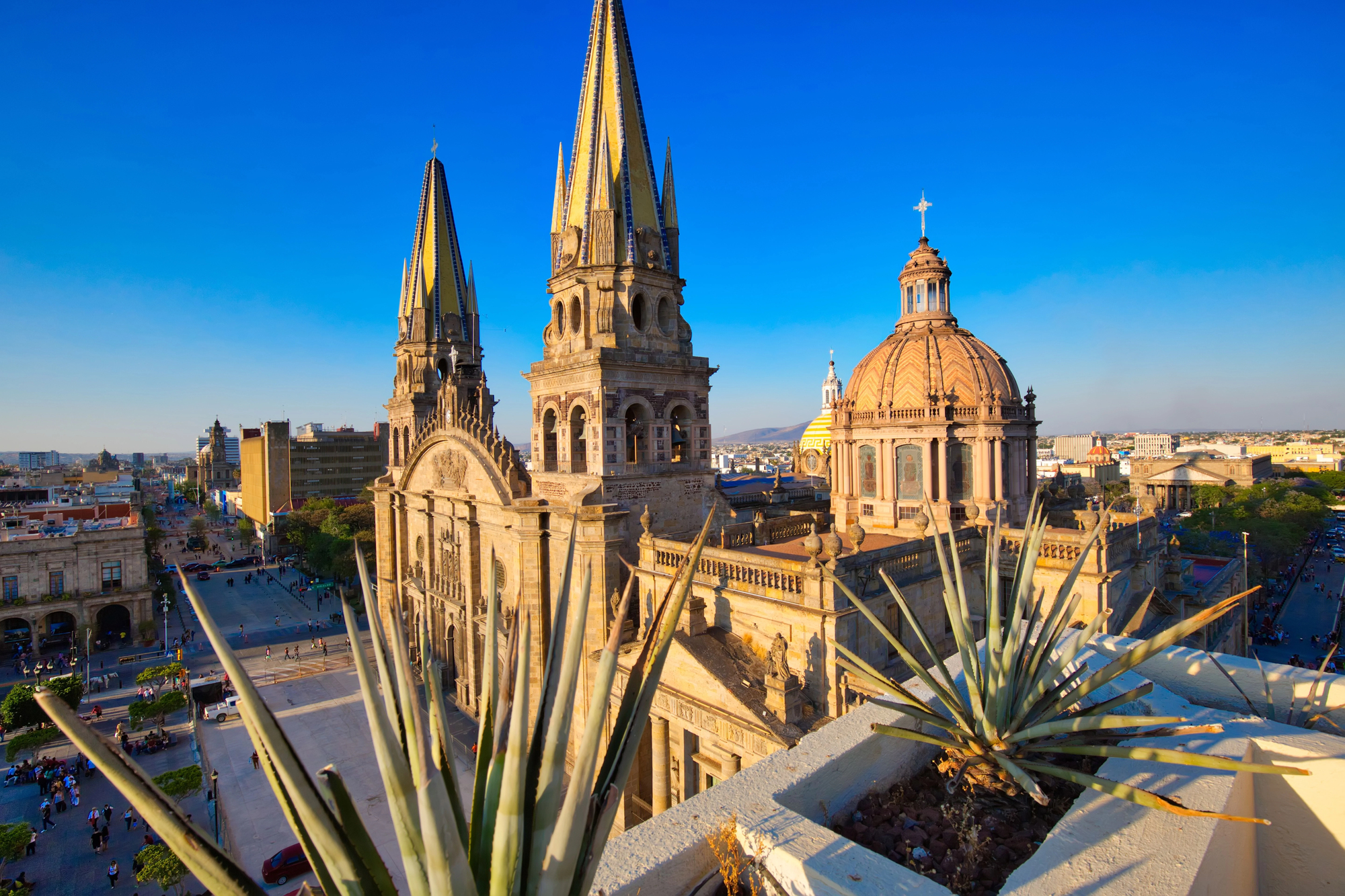
The birthplace of mariachi music and tequila maintains a distinctly Mexican cultural identity despite being the country’s second-largest city. The surrounding state of Jalisco preserves traditions of charrería (Mexican horsemanship) and folkloric dance that have defined Mexican cultural identity internationally.
Historical neighborhoods like Tlaquepaque retain their character as centers of artisanal production rather than merely shopping destinations for tourists.
Popayán, Colombia
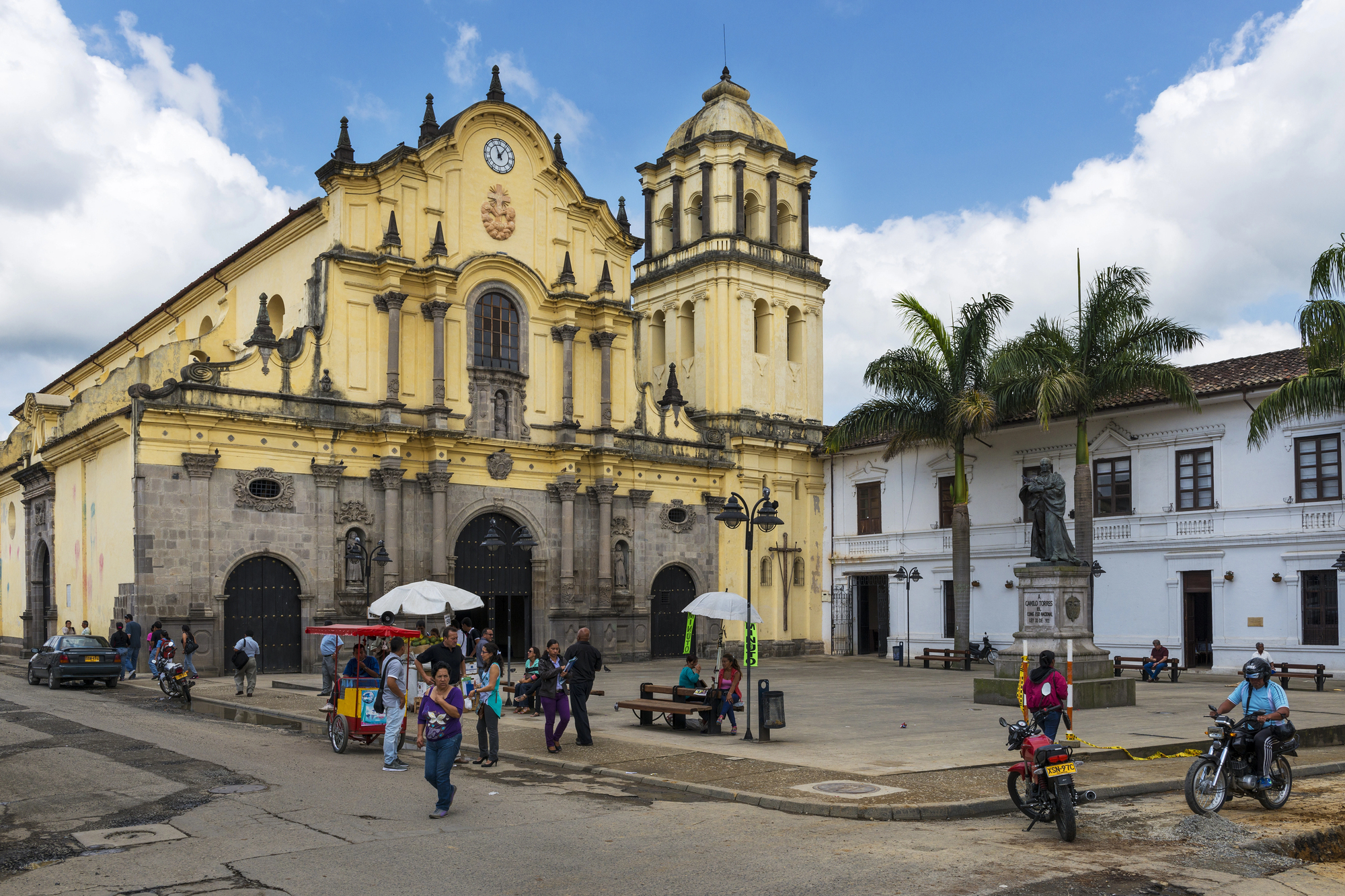
This perfectly preserved colonial city with whitewashed buildings hosts one of Latin America’s most significant Easter celebrations, recognized by UNESCO for its cultural importance. The city has maintained its architectural coherence while developing a notable culinary tradition that earned it recognition as a UNESCO Creative City of Gastronomy.
Local indigenous communities maintain cultural connections to the city through regular markets where authentic crafts and agricultural products change hands as they have for centuries.
Like Travel Pug’s content? Follow us on MSN.
Sighișoara, Romania
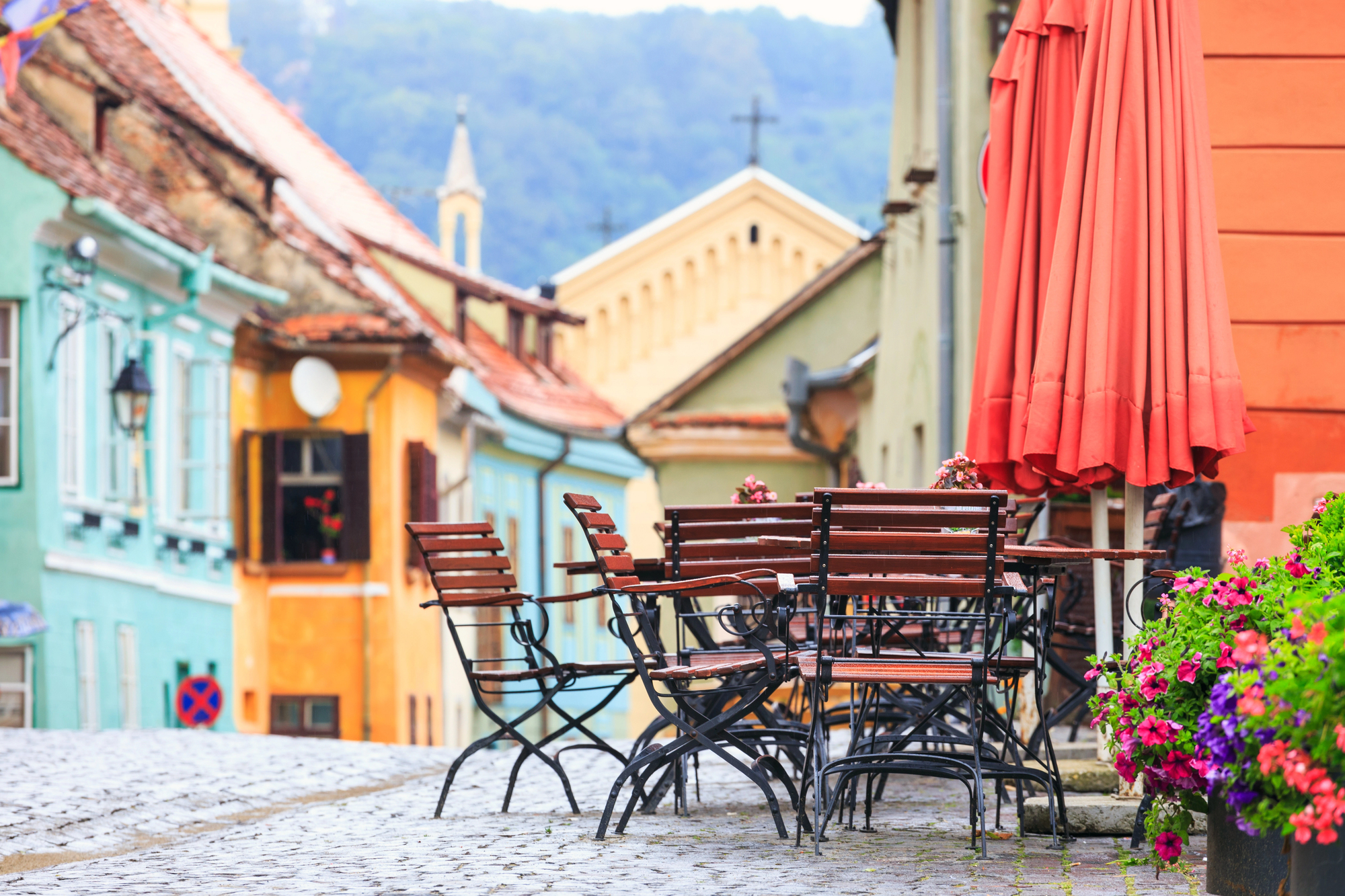
This remarkably intact medieval citadel in Transylvania preserves Gothic architecture and urban planning that has disappeared from more frequently visited European destinations. The colorful burgher houses and guild towers provide insights into the Saxon culture that flourished here for centuries.
Traditional crafts including woodcarving and embroidery continue to be practiced using methods passed down through generations of local artisans.
Arles, France
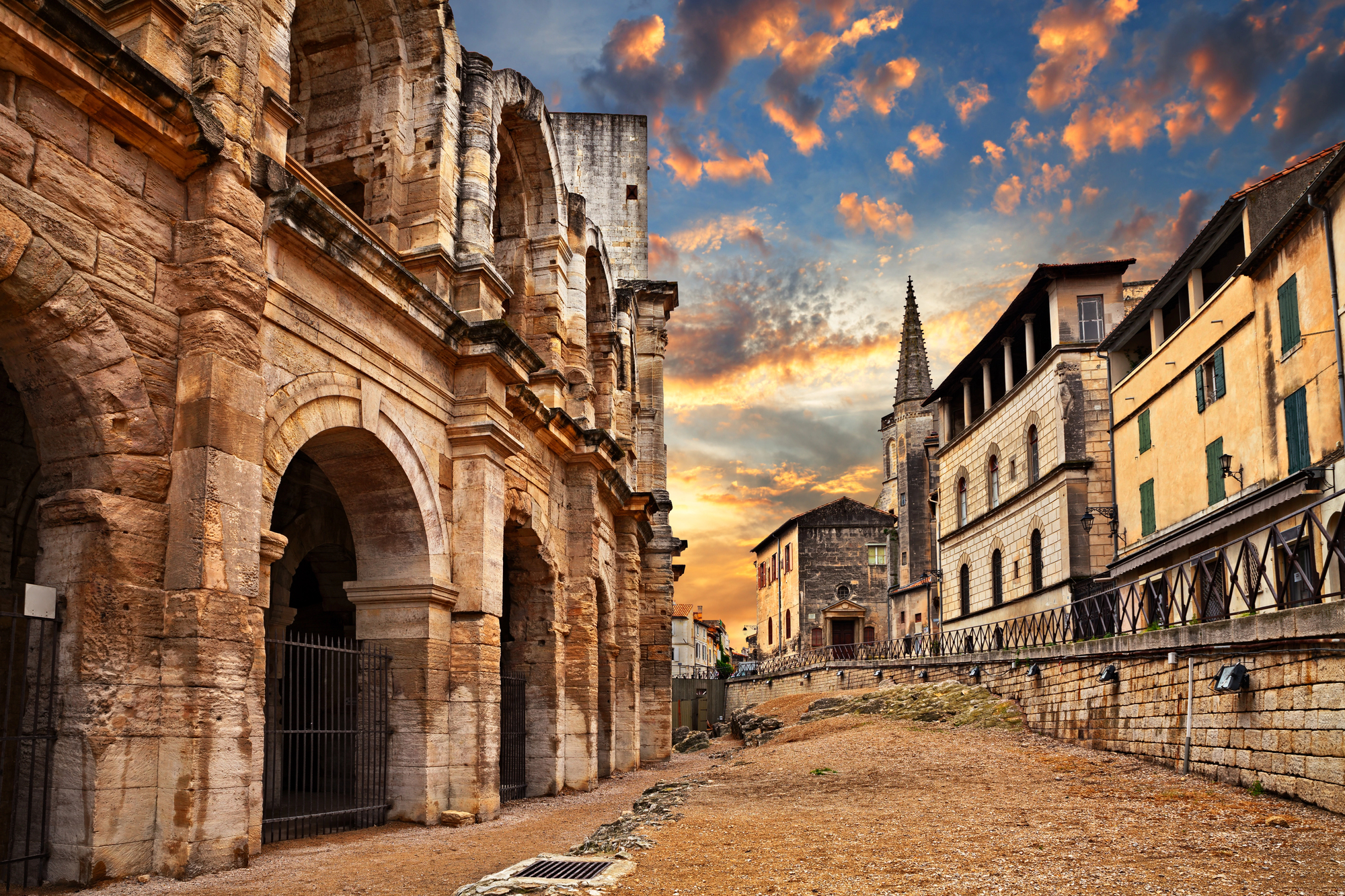
Though known for its Van Gogh connections, this ancient Roman city in Provence offers cultural experiences far beyond art history. The remarkably preserved Roman amphitheater still hosts events just as it did 2,000 years ago, while the regional Provençal culture remains vibrant in local markets and festivals.
Unlike nearby cities on the French Riviera, Arles maintains a predominantly local population that continues traditions of cuisine and craftsmanship largely unchanged by tourism.
Cultural Authenticity in a Changing World

These destinations remind us that meaningful cultural experiences don’t require battling crowds or navigating commercialized attractions. They represent places where everyday life, artistic expression, and historical preservation coexist in balanced harmony.
For travelers seeking genuine connections with diverse cultural traditions, these less-trafficked destinations offer immersion impossible to find at overtouristed landmarks. Their relative obscurity may in fact be their greatest asset—preserving the authentic cultural experiences we travel to discover.
More from Travel Pug

- Cities Growing so Fast You Won’t Recognize Them in 10 Years
- 13 Destinations Where Tourists Regularly Regret Their Trip
- 20 Obscure WWII Sites Even History Buffs Don’t Know About
- 10 Under-the-Radar Mountain Towns That Are Both Affordable and Beautiful
- 20 Abandoned Places That Feel Like Real-Life Post-Apocalyptic Movie Sets
Like Travel Pug’s content? Follow us on MSN.
